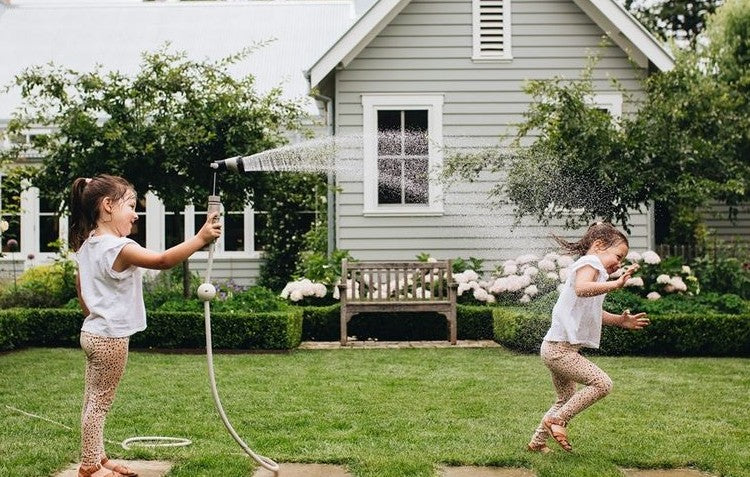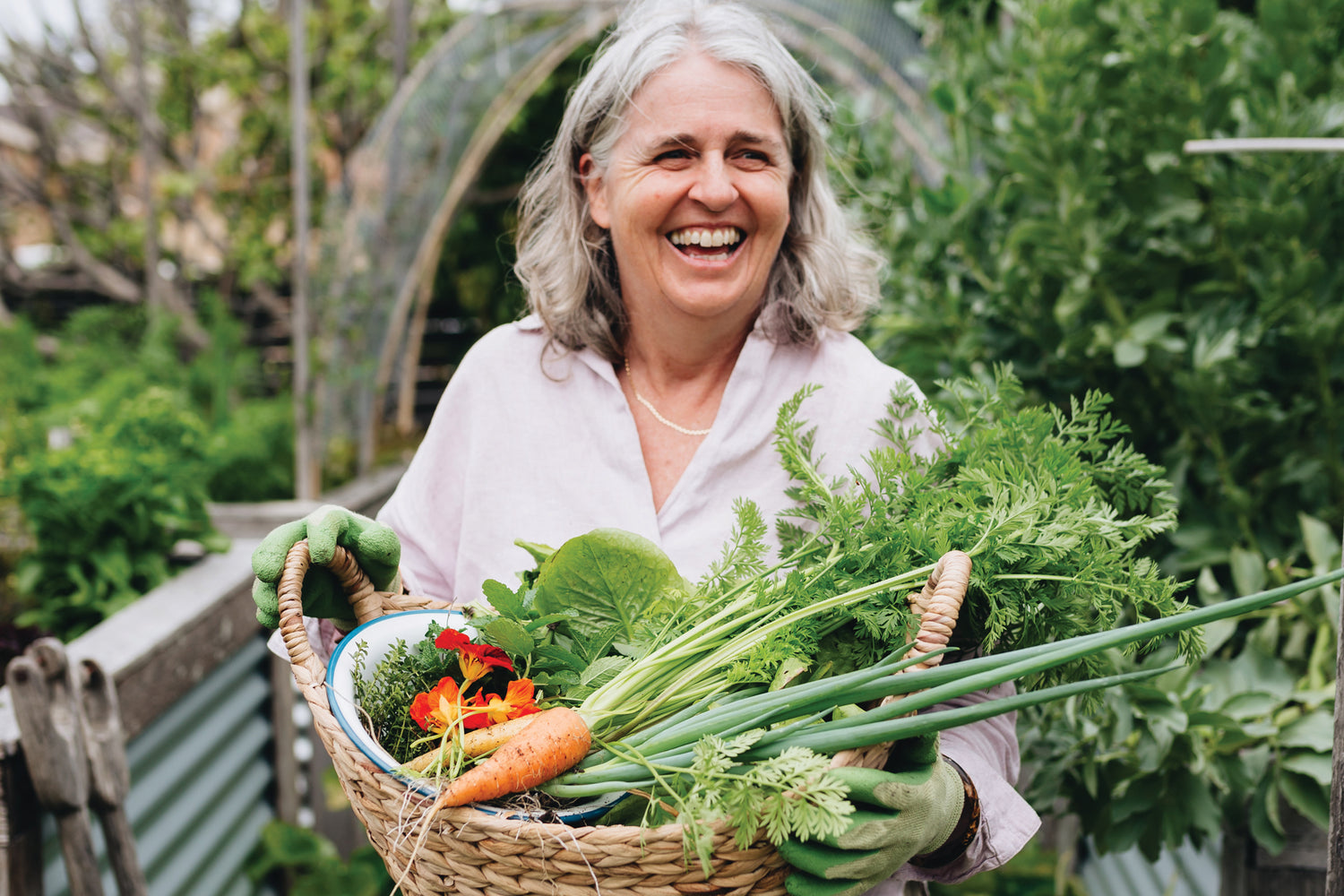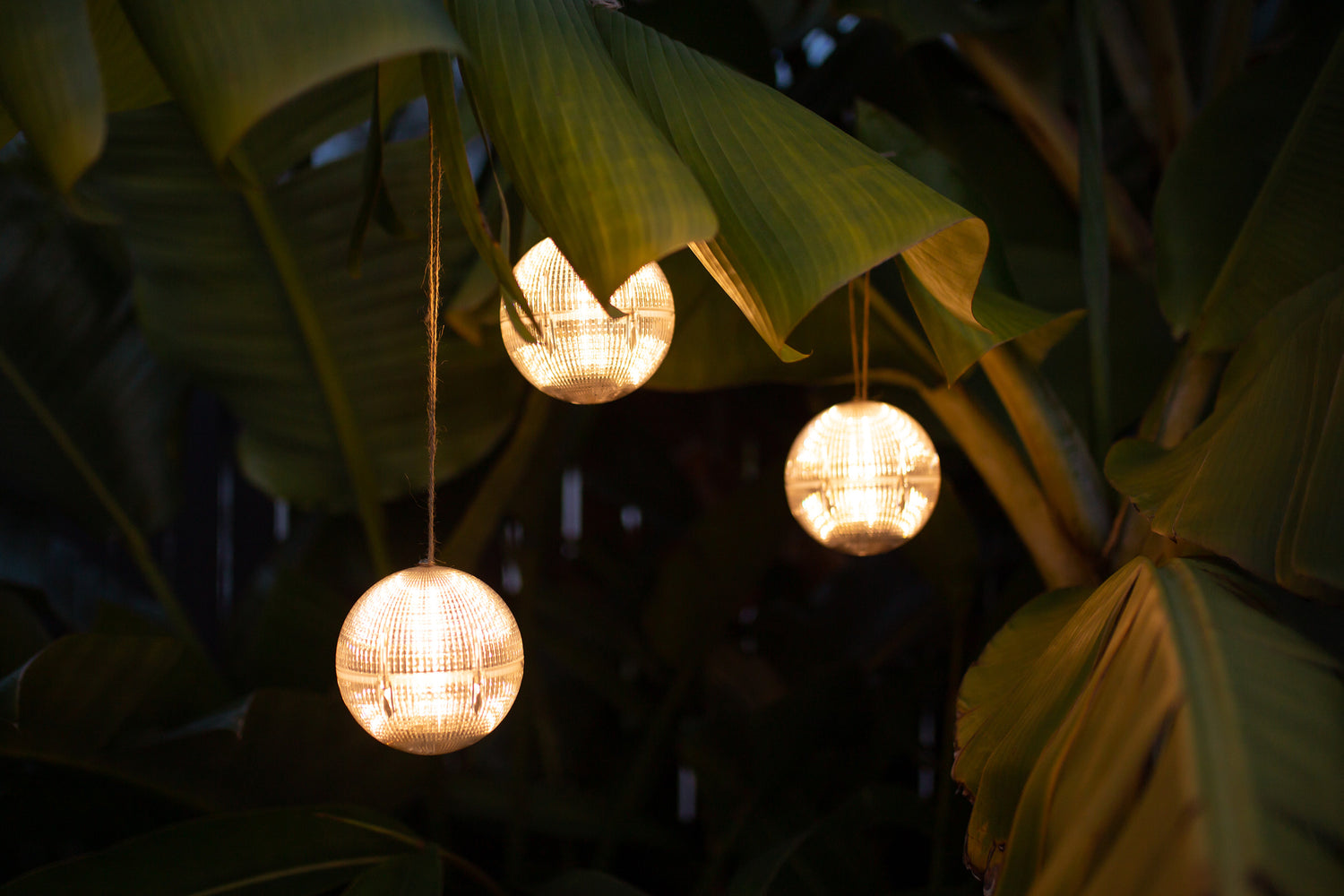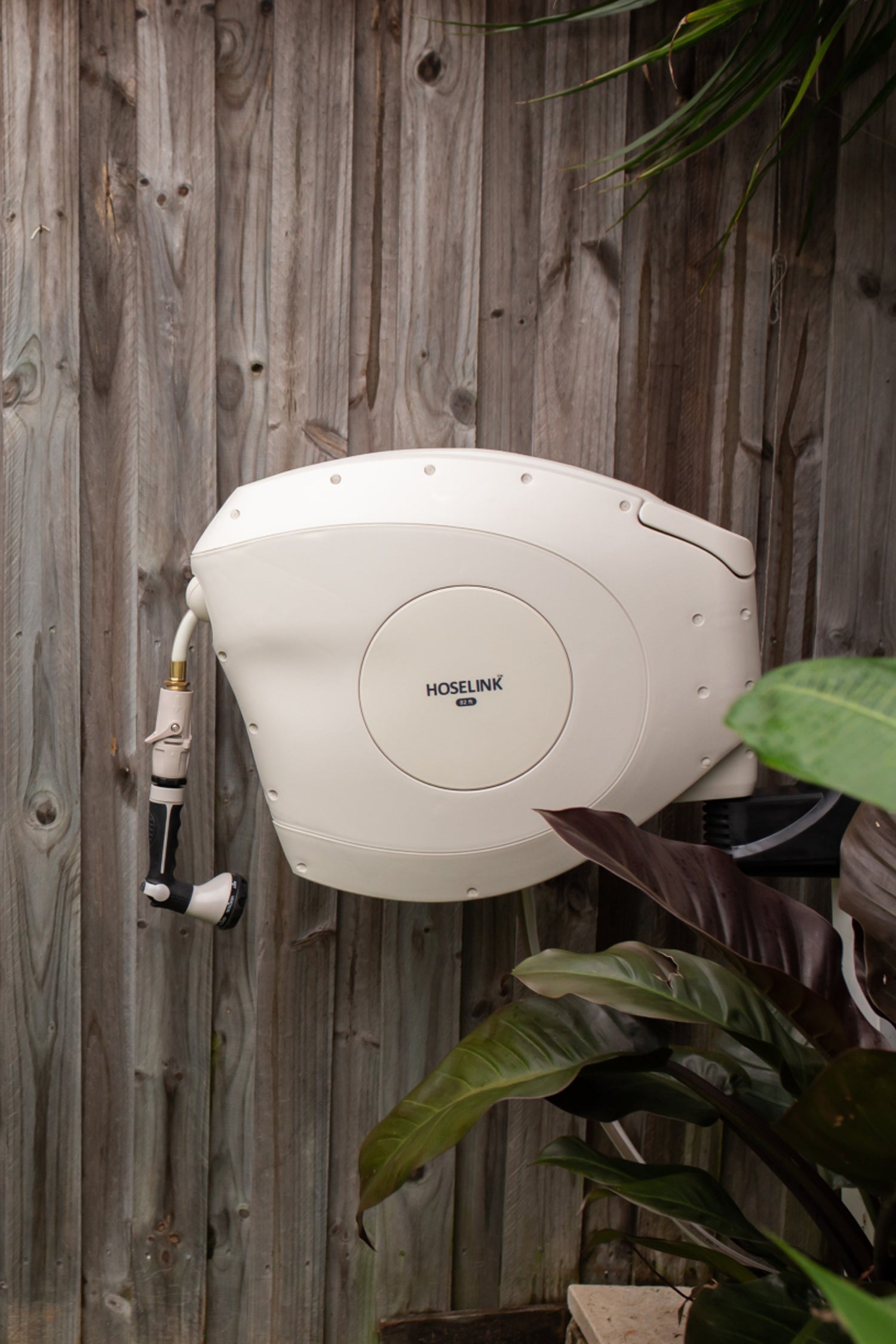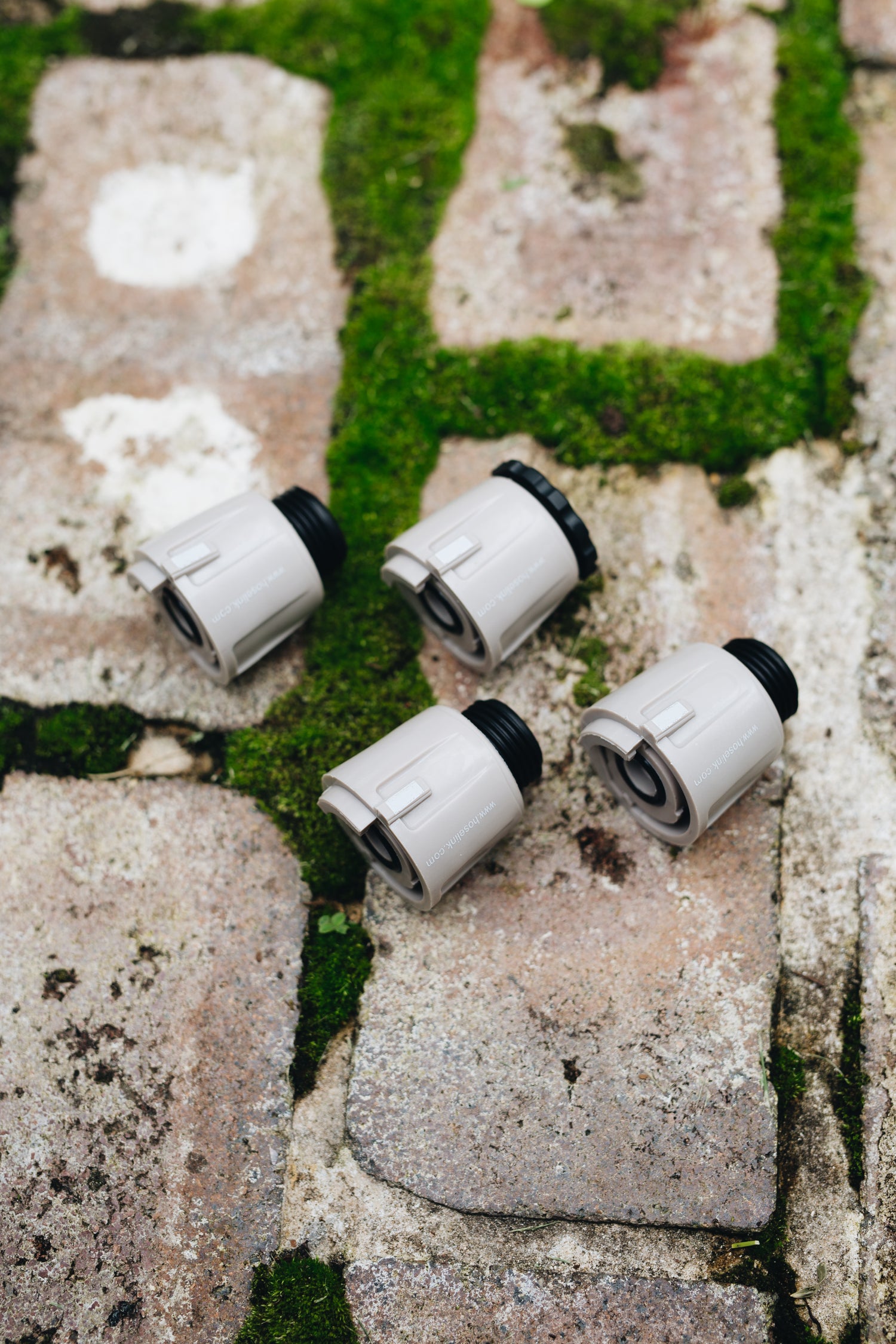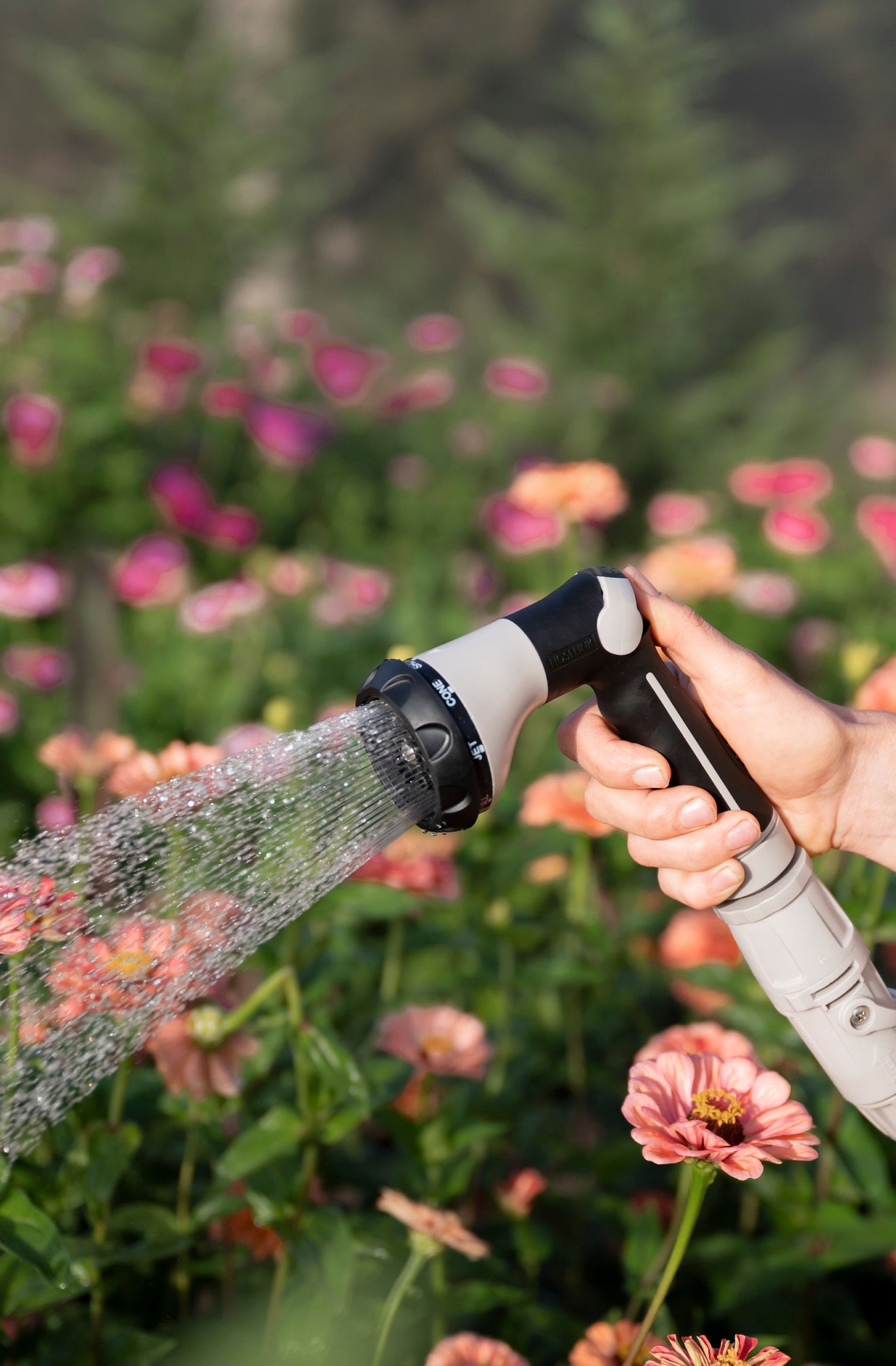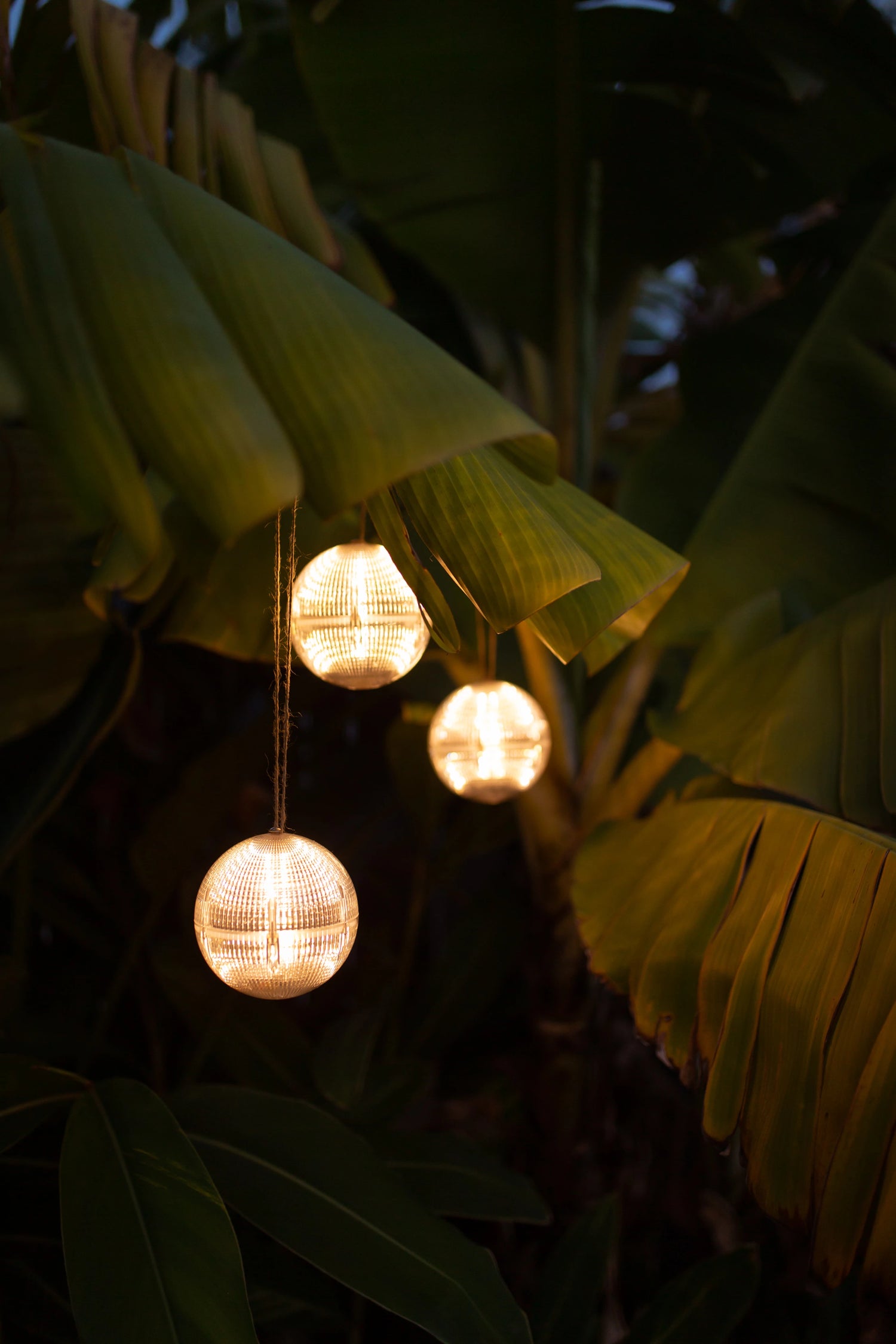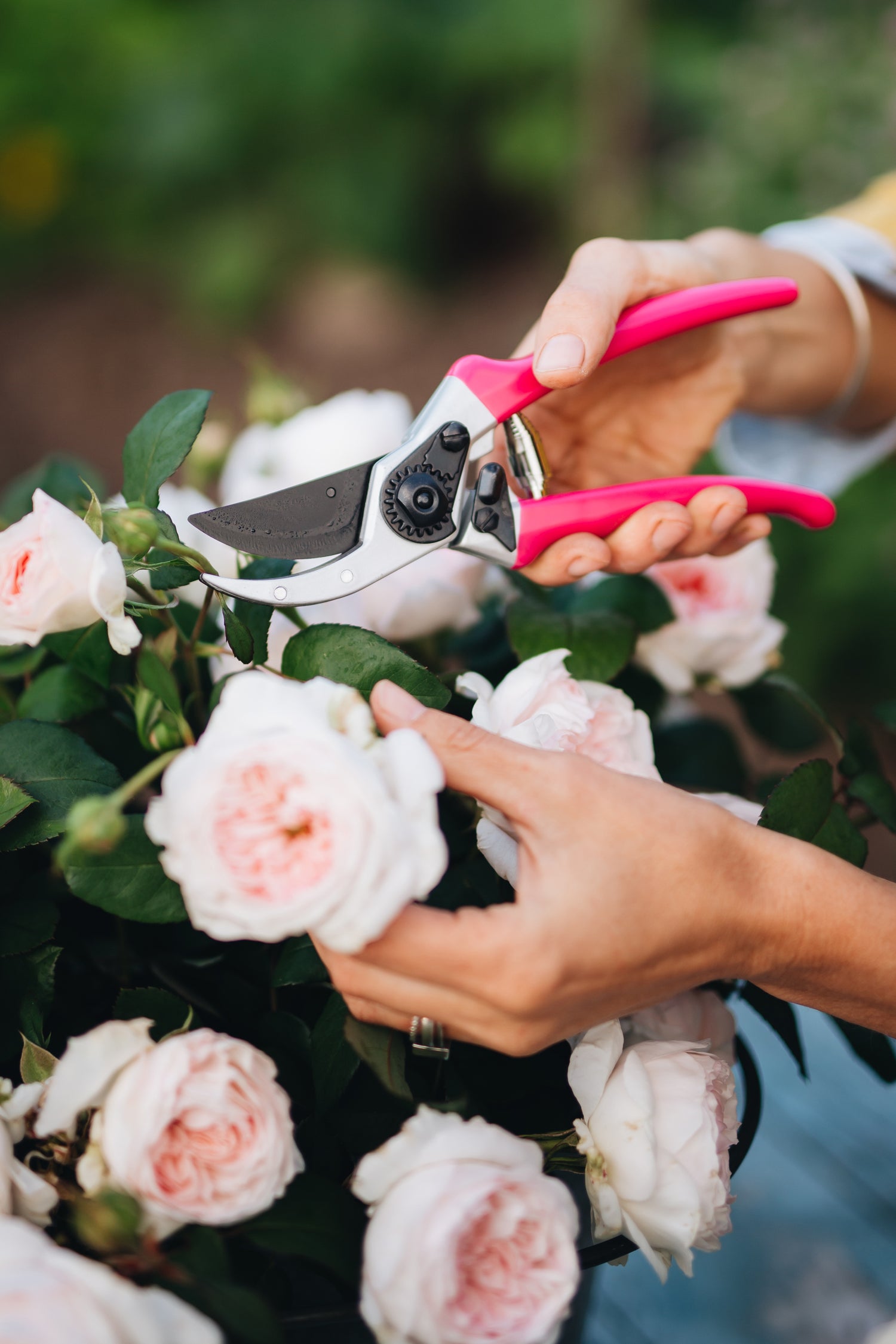You could never overestimate the importance of watering your garden – after all, water makes up approximately 95 percent of the weight and matter of all living plants. In fact, they use more water to function and thrive than any other living organism!
It’s important to note that there isn’t one exact approach or methodology to watering that can be taught or applied to every outside space or every species of plant. Instead of a general one-size-fits-all guide, we'll be touching upon the rules of thumb and correct tools you'll need to help you water your way to a flourishing backyard.
Water is paramount to all life on planet Earth, so it’s recommended that consistent and effective watering practices are front-and-center in your approach to gardening. With just a little awareness, understanding, patience, and a firm hand, you’ll be able to generate a customized watering routine that perfectly suits the make-up of your flora. This means you can guarantee a healthy growing environment across all seasons while safeguarding and preserving the most precious resource that we have. Water is critical to the fine balance of elements in our natural landscapes, and too much or too little of it can harm that stability and jeopardize our ability to grow flora within it.

Why watering your garden is so important
Photosynthesis
This is the natural process that enables plants to generate their own food. Plants use water to create carbohydrates, which essentially serves as the plant’s energy source and allows it to stay alive. Without water, this process doesn’t even have a chance to begin, leaving plants doomed.
Transpiration
This is a plant’s version of sweating. The process of transpiration involves plants releasing water into the atmosphere through their stems and leaves, the same way a human would sweat if they stayed in the sun all day. Most of a plant’s transpiration occurs through small holes in its leaves, known as stomata. When water evaporates into the atmosphere through the plant’s stomata, a cooling effect is caused within the plant to help keep its temperature balanced. Both an undersupply and oversupply of water can disrupt this balance, causing its cells to weaken and die.
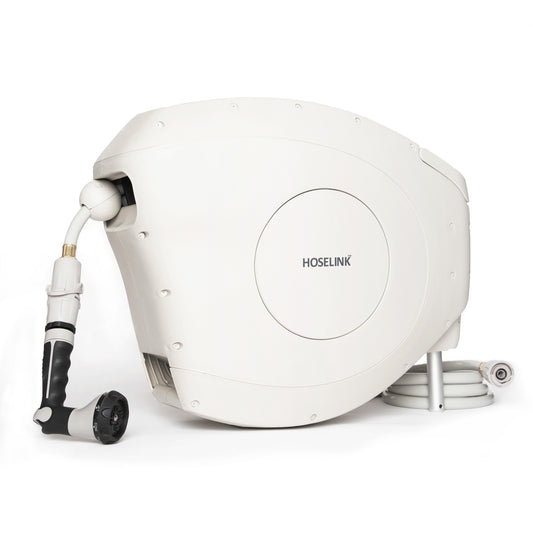
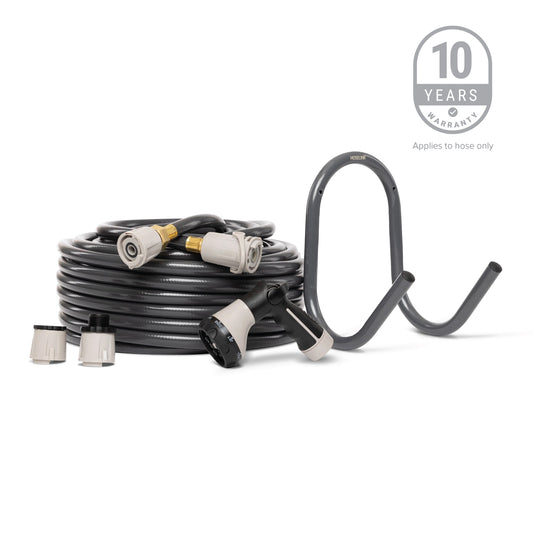
Nutrient distribution
Like all other living organisms, plants require a multi-faceted variety of nutrients to grow, develop their structure and maintain optimal health within their stems, leaves, flowers and seeds. Like the blood that flows through our own bodies, water helps to transport and deliver nutrients up from the depths of your soil and into the plant’s roots and cell structure.
Now that you know why water is so vital to the health and survival of your plants, it’s essential to understand how to help them receive the right amount, especially throughout the growing seasons when most plants are actively developing their root systems, which comes after the growth of their flowers, branches, and buds.
How often should I water my plants?
The simple answer is there is no simple answer. The approach to take with your garden is dependent upon several factors, including plant type, location, soil quality, climate, time of year, and so on. If those factors are appropriately considered, you’ll be able to settle into a consistent routine that’ll serve you well over a long period.
Check your soil
This is one of the most reliable things you can do to find out if your plants need to be watered, and there’s no better way to do so than to start digging, running your fingers through it, and feeling it in your palms. If the soil has a damp feeling to it, then there’s no need to water. If the soil is crumbly, dry, and hard to squeeze, then it’s likely the perfect time to give your plants water. If you are keen on having a more elaborate system in place, consider an automatic soil moisture sensor, which you'll find at your local hardware store or on Amazon. Receiving precise information from your sensor takes away the guesswork, offers peace of mind, and ensures that the plants get the perfect amount of water to help them thrive. Understanding the type of soil you have can also impact how much water is absorbed. Clay-based soil is known for spreading water across a greater surface area and even retaining moisture for a longer time. Sand-based soil is the exact opposite, allowing water to absorb more efficiently, which means it dries out faster.

Know your plants
No amount of research on different watering methods can prepare you if you don’t know what’s best for the species of plants you’re growing. Through trial and error and observing your plants over time, you'll gradually get to know what each plant needs. For example, while some perennials like marigolds are easy to read, annuals like browallia are more complex and demanding. When a marigold requires water, its leaves begin to wilt and change complexion, and when they are given the correct amount of water, they’ll appear in top condition –vibrant, waxy, and firm. However, browallia can begin to wilt during the hotter months, even when they are well watered. While we’ll never fully understand the exact needs of every plant, it’s all about getting your hands dirty. Watch your plants after they’ve been watered, keep note of your watering patterns and how they’re affecting each plant as the days and weeks roll by. By doing this, you will slowly but surely get to know all the little nuances of each plant and what keeps them at their best.
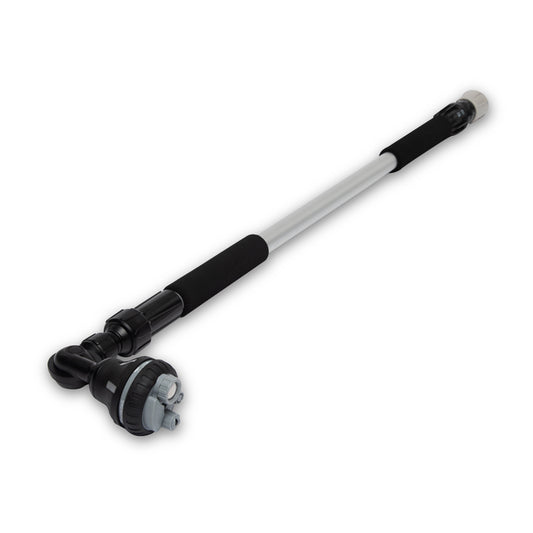
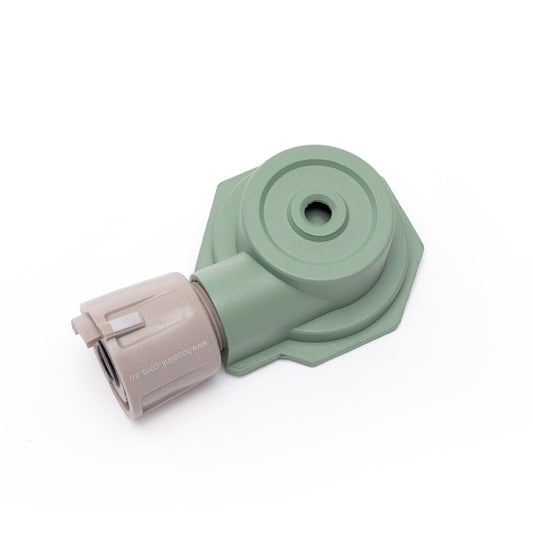
Go by season
The month of the year and the amount of rain received have a huge bearing on the amount of water you need to supply yourself. The growth rates of plants are much lower during the cooler months, indicating that they won't require the same amount of moisture to nourish their stems and leaves; however, the trees, shrubs and perennials that are dormant throughout winter must still receive a certain level of hydration. On the other end of the spectrum, some regions of the country will experience severe drought, and it’s our job as plant parents to help them through those tough times.
With more ample rainfall during springtime, you can let nature take care of most of the watering. However, it might be worth purchasing a rain gauge so you can keep track of exactly how much water your plants are receiving, as with less than one inch per week, you’ll still need to top them up. When temperatures reach above 85°F in summer, you can expect to water your plants more often to keep them from wilting.
Fall marks the end of the growing season, which traditionally means cooler temperatures and higher precipitation rates. The growth rates of your plants will also begin to slow down as they shed their leaves in readiness for winter; hence they won’t have the same hydration requirements. Come winter, you’ll only need to maintain your watering schedule before snow and frost hit the ground; after that, you can ease off until spring rolls back around.
When is the best time to water your garden?
What time of day you water your plants also impacts how plants absorb the water. The best time to water your plants is early in the morning. This allows the plants enough time to absorb the water and process that into energy (through photosynthesis) as the sun’s rays get stronger throughout the day. If early mornings aren’t possible for you, the next best option is to water late in the evening after the sun has set and air temperatures have dropped. If you can, make sure to avoid watering your plants in the middle of hot afternoons as the summer heat can be taxing and will end up evaporating much of the water.
How much water should I give my plants?
Deep watering is recommended for more robust root growth. Although it may differ depending on lawn and plant types, you should be aiming for two inches of water per week. When the water seeps deep into your soil, the roots of the plants are encouraged to obtain the water. The stronger, sturdier and deeper the root is, the greater the chance of ensuring optimal health and a higher growth rate for the plant.
Light watering only moistens the surface of the soil, which is common in most households and gardens. This type of watering encourages the roots to grow upwards towards the soil’s surface. This can be hugely detrimental as shallower roots lose their strength. Shallower roots are also prone to rotting and disintegrating during torrential rainfall. However, there are some exceptions, and gardens vary widely in their watering needs. For example, young seedlings have limited root systems, so a light watering is adequate, but they may need to be watered more often to ensure they're getting the moisture they require.
Watering your Veggie Garden
Properly watering a vegetable garden is the key to growing fresh and nutritious vegetables that you can work with in the kitchen. The important thing to remember is that vegetables and flowers can have completely different structures and watering requirements. With vegetables, what’s on top matters nowhere near as much as what’s happening below. That’s not to say that the root systems of plants and flowers are unimportant, but deep watering is a must when it comes to watering veggies. With water being consistently delivered to your vegetable’s roots, they're encouraged to grow, spread, and develop their strength. A vaster, more extensive root system means more effective water transportation to the uppermost parts of the vegetable – the bit we eat!
Avoid sprinklers if you can. The issue with watering using a standard sprinkler is that the leaves and foliage of the vegetable are what receives the most water, rather than the roots.
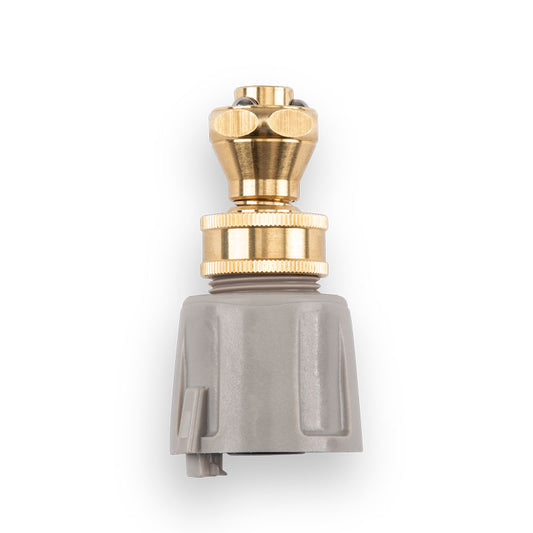
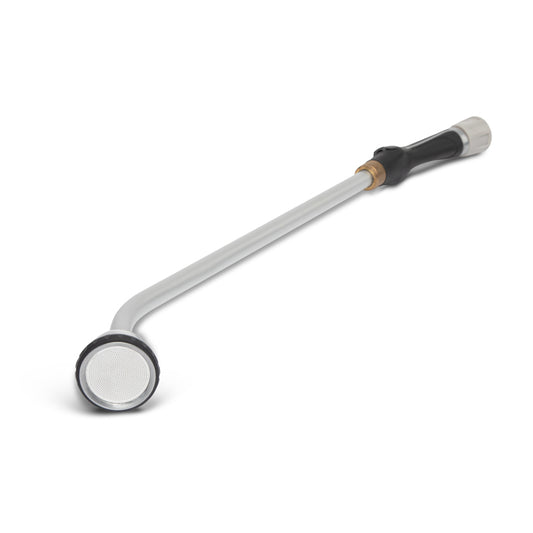
Hand watering is still effective
If you haven’t got access to a drip or soaker hose, we still recommend watering your vegetables by hand. A reliable hose is a fixture of any modern garden, and you'll want to choose one that can withstand the elements and can extend to an adequate length for you to move easily between the rows of your veggie garden. Using a hose that’s too short presents a risk to the base of your plants as it’s dragged from spot to spot. Check out our top watering tools below, and one that’s built perfectly for veggie gardens:

Level up with Hoselink
82ft Charcoal Retractable Hose Reel
The pinnacle of watering solutions! The 82ft Charcoal Retractable Hose Reel is a wall-mounted hose storage unit with a spring-loaded hose that sits inside its shell. The uniquely designed ‘stop-anywhere’ locking mechanism secures the hose at your desired length, eliminating excess hose that can tangle or kink when used. Plus, the contemporary charcoal color blends in beautifully with any modern home.
50ft Weeper Hose
The 50ft Weeper Hose takes away all the manual work of watering. It slowly weeps water into your soil and allows for slow and even coverage. Simply lay the hose out in a straight line or gentle curves across your garden, above or below a thin layer of mulch. When turned on, the hose is filled with water, which releases gradually through tiny holes in its outer casing, so you can kick back and relax!

Root Waterer and Soil Breaker
Here it is, the Root Waterer and Soil Breaker! The ideal tool for deep watering a veggie garden, large shrubs or trees. Press the trigger to release water and push into the soil to provide water directly to your plant’s roots. Again, this means you won’t have to put up with wasting water through evaporation, plus it fast-tracks the entire ‘water to growth’ process.
Long-reach Shower Spray Wand
The Long-reach Shower Wand is the handiest option for watering your hanging, potted or hard to reach plants. Featuring an extended rod, the metal shower head provides a gentle spray ideal for more tender seedlings and delicate flowers. Light and comfortable to grip, the wand’s on/off flow control lever also gives you complete control over the power of your spray with just a simple push of your thumb.

